By late winter, New England’s moose can look like ghosts – pale, ragged, and exhausted – after tens of thousands of winter ticks siphon their strength. It’s a quiet emergency unfolding in spruce–fir forests where longer autumns have tilted the parasite’s odds. Yet the story isn’t just loss; it’s also inventiveness, as biologists, foresters, and communities try pragmatic steps that are already nudging survival in the right direction. The work blends gritty field science with modern modeling, and it’s beginning to show that targeted, fact-based actions can loosen the parasite’s grip. Here’s what’s actually helping – and what’s next.
The Hidden Clues: Collars, Calves, and the Data That Save Moose
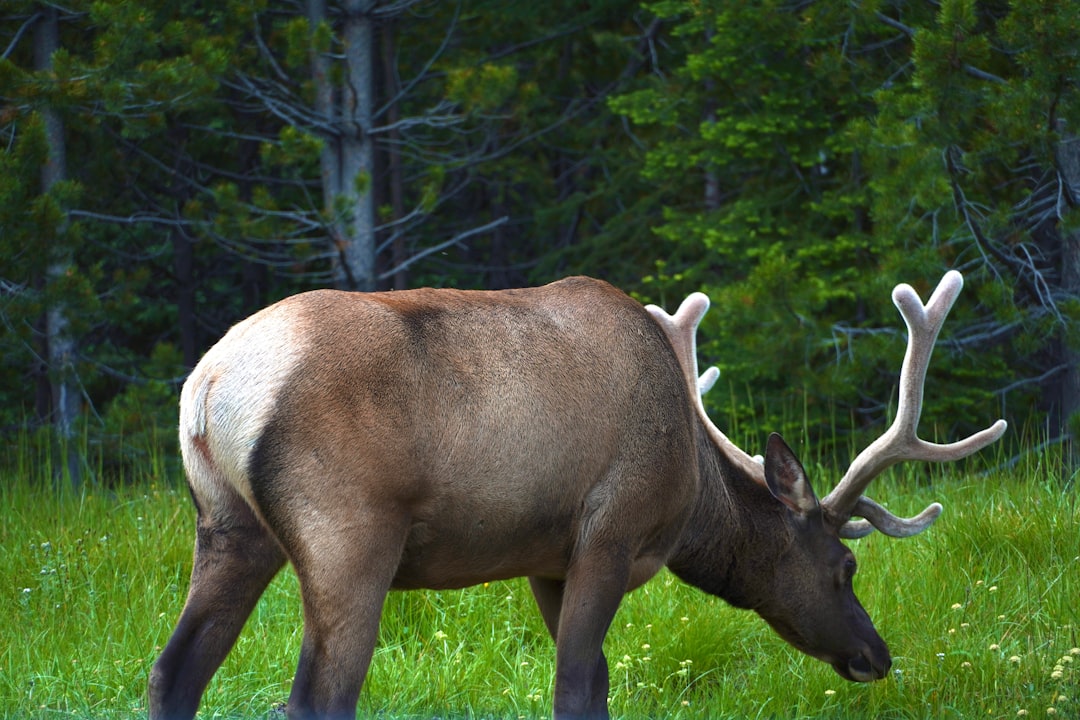
Everything starts with knowing where and when calves are faltering, and scientists have become detectives armed with GPS collars, body-condition scoring, and meticulous tick counts. Calves are briefly captured in late winter, examined, collared, and released, which allows biologists to pinpoint survival bottlenecks and tie them to weather, habitat, and parasite load. When a collar sends a mortality signal, teams move fast to confirm cause of death, document tick intensity, and bank samples that later map the parasite’s full arc through a season. It’s not glamorous work – snowshoes, cold fingers, and a race against scavengers – but the payoff is precise, defensible evidence.
Those clues do more than describe a crisis; they steer solutions toward the right places at the right times. Managers now adjust permit numbers, refine season timing, and identify hotspots where complementary actions can matter most. In plain terms, the data keep everyone honest: which measures are working, which are not, and where the next dollar buys the most survival. I still remember wading through crusted snow in western Maine, following a collar’s ping to a calf that survived – thin but standing – because the surrounding decisions were smarter that winter.
From Ancient Tools to Modern Science: Managing Moose Density to Break the Tick Cycle
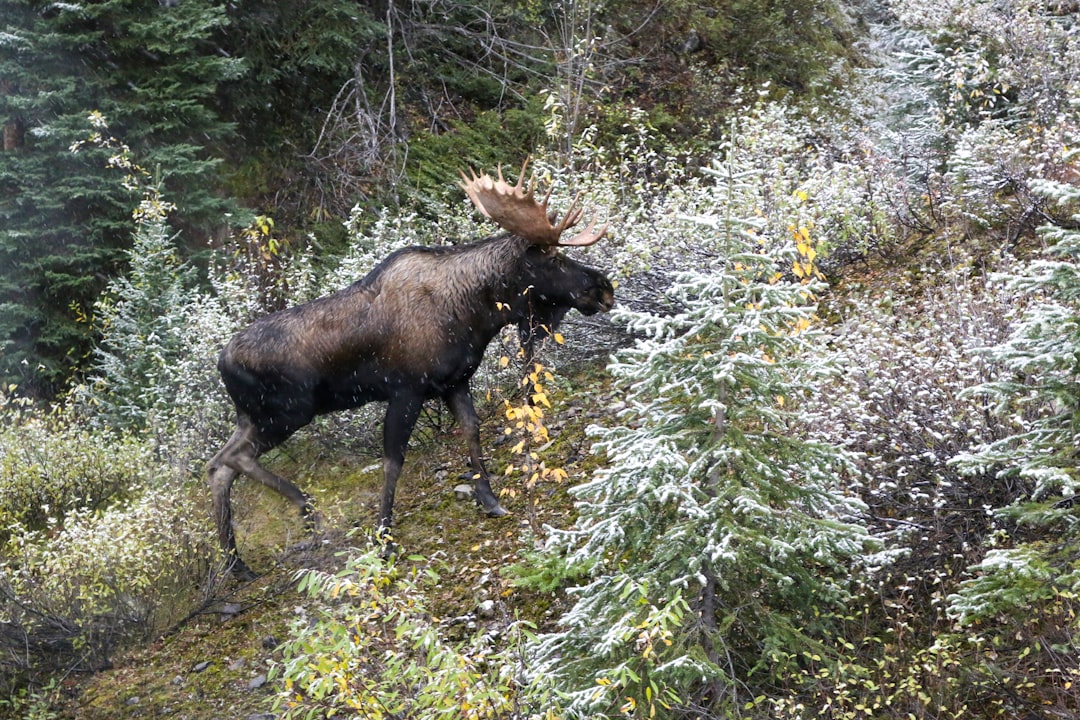
The winter tick is a one-host parasite, and that detail is the lever managers can pull. When moose numbers are high in a small area, more larvae find hosts in autumn, more engorged females drop off in spring, and the next year’s hatch swells again – a feedback loop that punishes calves. Several states have tested targeted, short-term increases in antlerless permits within specific zones to lower local moose density and starve ticks of the hosts they need. It’s not eradication; it’s tipping the balance so fewer larvae succeed when they quest on low shrubs each fall.
Early results have been telling: in experimental zones where density dipped, calf survival improved relative to neighboring control areas, even under comparable weather. The approach is surgical, not blanket, and it’s recalibrated annually as new data arrive. For a species that evolved with harsh winters, trimming the parasite’s advantage this way returns a bit of the old equilibrium. It’s a difficult, often emotional tool – but in the toolbox, it’s the one with the clearest line to fewer ticks next year.
Smarter Forests: Shade, Shelter, and Snow That Tilt the Odds
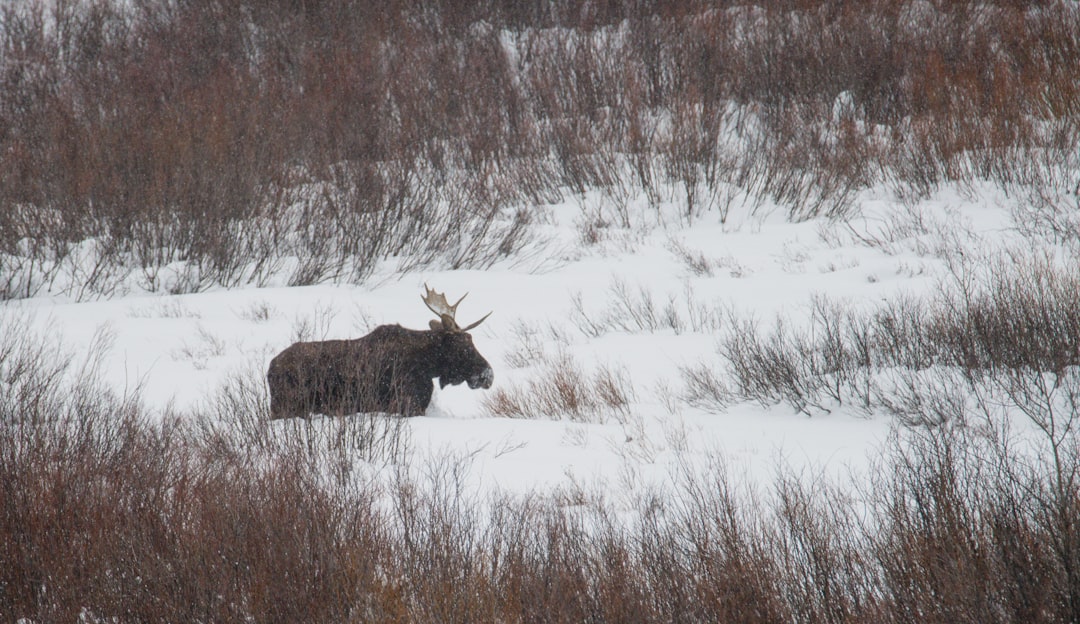
Moose don’t live in spreadsheets; they live in textures – shade, windbreaks, and snow that can either conserve their energy or drain it. Foresters and wildlife teams now collaborate to keep patches of conifer cover that blunt wind and cold, while designing cut patterns that reduce overheating in spring when hair loss is worst. These microclimate tweaks don’t kill ticks, but they help moose conserve calories during a season when anemia and grooming leave them depleted. In stands where shelter is stitched close to browse, calves spend less time exposed and more time feeding efficiently.
There’s another quiet advantage: earlier, deeper snow in shaded forest pockets can reduce the time larvae spend successfully questing on low vegetation in late fall. No single stand layout flips the story, but incrementally, site by site, managers are stacking conditions that favor the host over the parasite. Think of it as climate-smart silviculture – small shifts in structure that produce measurable relief across a landscape.
Why It Matters: The Moose–Forest Feedback and the Human Thread

This isn’t just a wildlife problem; it’s an ecological budget that spills into local economies and cultural identity. When winter ticks knock back calves, the age structure skews, population growth stalls, and the browsing pressure on young forests changes, shaping regeneration after logging or storms. Communities that depend on guiding, tourism, and heritage hunts feel those ripples in real jobs and real decisions. The science here is a template for modern problem‑solving: measure carefully, intervene narrowly, and evaluate relentlessly.
Compared with traditional, one‑size‑fits‑all pest control, today’s approach prizes adaptive management and cross‑agency cooperation. It recognizes that parasites ride the same climate trends everyone else does, and that resilience grows when actions are tuned to life cycles, not headlines. In practical terms, moose research now doubles as a climate early‑warning system for northern forests. Saving calves is the headline; safeguarding a working, biodiverse landscape is the headline behind the headline.
Forecasting the Fight: Weather‑Driven Risk Maps That Guide Real Decisions
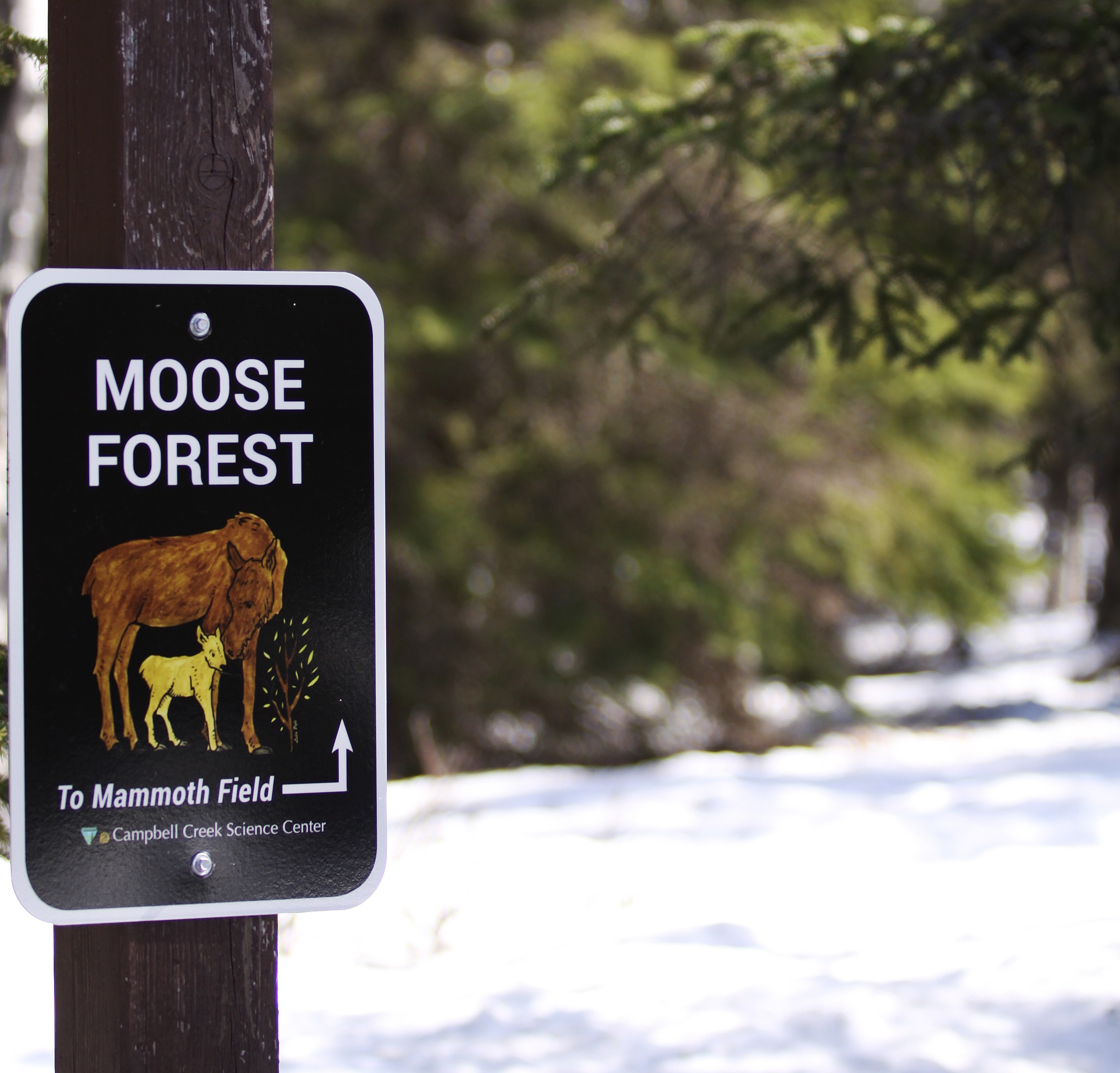
Because winter ticks gamble on autumn length, forecasting has become a frontline tool that actually changes outcomes. Biologists pair satellite snow metrics, fall temperature trends, and humidity data with field counts to estimate where larval questing will be most successful. Those maps then inform permit allocations, survey intensity, and even where to focus habitat tweaks before the next tick wave hits. When a warm, lingering fall is likely, managers can preemptively lean harder on density reductions or monitoring in the riskiest blocks.
The workflow is straightforward but powerful: predict, act, verify, repeat. Hunters and foresters contribute reports that validate the forecasts, tightening the feedback loop each season. The result isn’t perfect foresight; it’s fewer surprises, faster course corrections, and better odds for calves slogging through late winter with patchy coats. In a warming world, data‑guided anticipation beats reaction every time.
Lessons Beyond the Border: What Other Places Teach New England
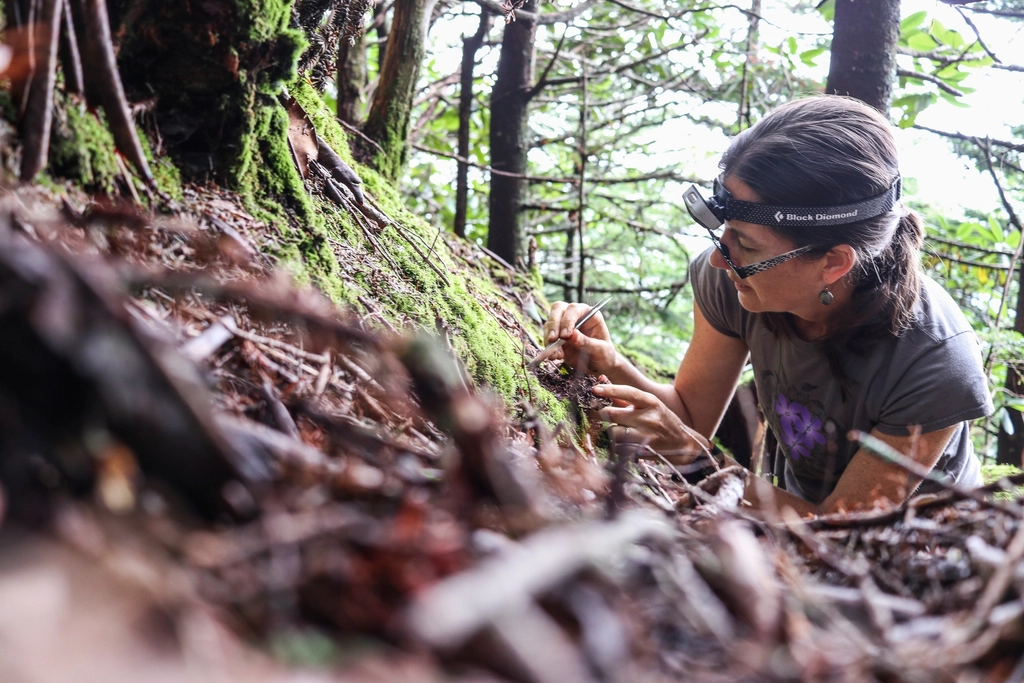
Winter tick dynamics in the Rockies, the Canadian Maritimes, and interior Alaska echo a common theme: host density and autumn weather set the table for outbreaks. While species, habitats, and management rules differ, the most transferable lessons are pragmatic. Keep surveillance tight, align harvest with ecological triggers, and make habitat work for the animal’s energy budget. Fire, for instance, can reduce some tick species in certain systems, but in northern forests its role must be weighed against habitat needs and fuel risks – no single tactic travels everywhere intact.
New England’s teams now trade methods with provincial and western partners, comparing collar data protocols, necropsy standards, and modeling inputs. That collaboration prevents wheel‑reinventing and speeds up adoption of what clearly helps, while avoiding expensive dead ends. In effect, the region is part of a larger laboratory where each place tests a piece of the puzzle. The shared takeaway is steady: target the parasite’s weak links without compromising the host’s, and measure the result like your next decision depends on it – because it does.
The Future Landscape: Next‑Gen Tools, Real Constraints
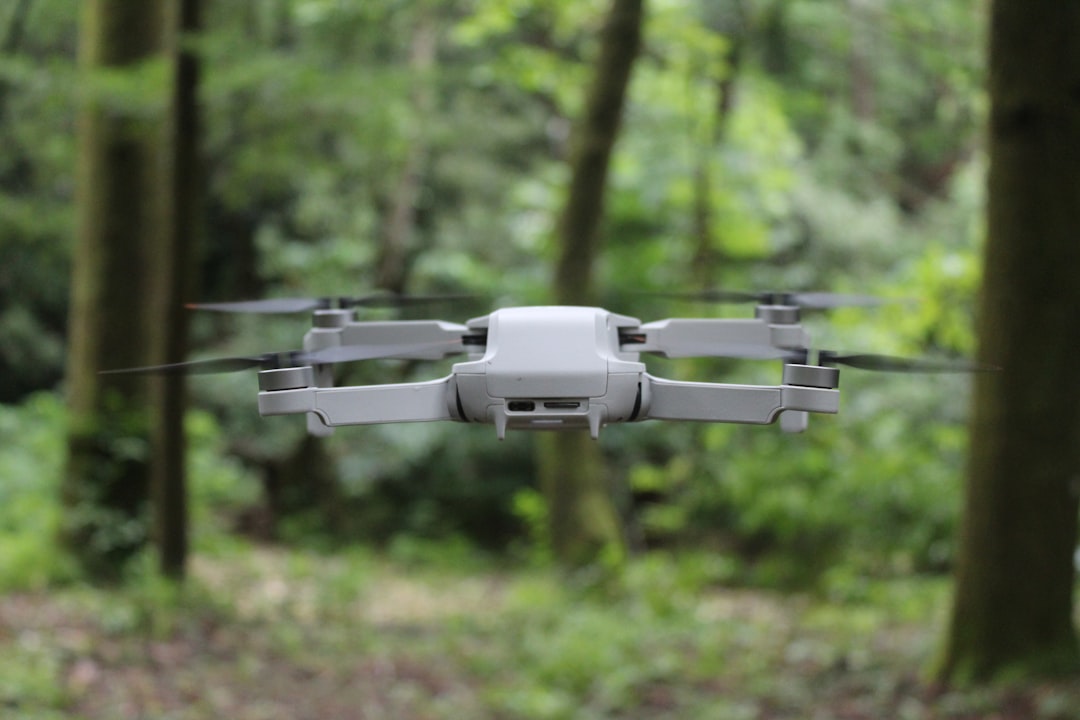
New technologies are arriving with promise and caveats. Machine‑learning models are sharpening risk forecasts by ingesting collar data, snow cover, and vegetation indices, potentially flagging hotspots weeks earlier. Lightweight drones can map larval clusters on edges and regenerating cuts, replacing guesswork with imagery that guides field crews. Lab studies continue to examine biological controls and on‑host treatments, but scaling those safely for free‑ranging moose remains a stubborn barrier.
Expect the near future to focus on smarter targeting rather than silver bullets: better maps, tighter timing, and continued density experiments tuned to local tolerance and goals. The biggest constraint is still climate; longer, warmer autumns tilt odds toward the parasite, so any gains must be maintained year after year. That’s why durable wins will blend management, habitat, and prediction, not rely on intervention alone. The technology will help most where it makes those three faster, cheaper, and more precise.
What You Can Do Now: Citizen Action That Scales
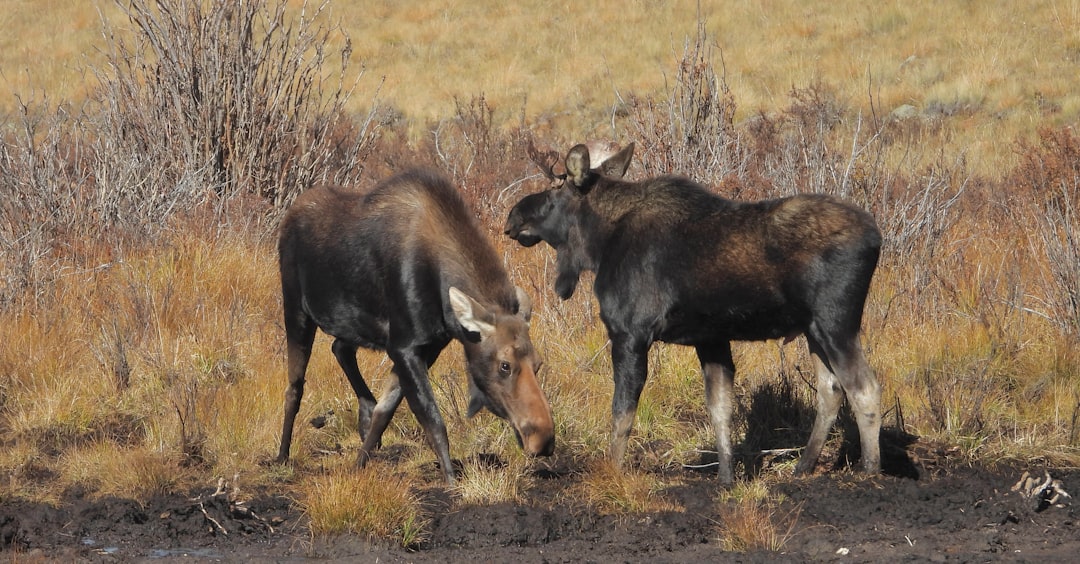
People who live, work, and explore moose country can tip the scales. Report moose sightings with date, location, and visible hair loss to your state wildlife agency, and share observations of dense larval clusters on trails or cuts in early fall. If you hunt, submit tick counts and basic health notes at check stations; those data move the needle on next season’s decisions. Support conservation groups that protect conifer cover and riparian shade, the small comforts that help calves endure late winter.
There’s also room for patience and clear communication: accept targeted, temporary harvest changes in experimental zones, and help neighbors understand why density management can mean fewer ticks next year. Keep dogs on leash in larval hotspots, clean gear to avoid moving ticks, and respect seasonal closures that protect stressed wildlife. None of these alone is dramatic, but together they form the citizen‑science backbone of a regional strategy that already shows promise. The moose are doing their part by surviving a tough parasite; the question is whether we’ll keep doing ours long enough for the forest to tip back in their favor – did you expect that?

Suhail Ahmed is a passionate digital professional and nature enthusiast with over 8 years of experience in content strategy, SEO, web development, and digital operations. Alongside his freelance journey, Suhail actively contributes to nature and wildlife platforms like Discover Wildlife, where he channels his curiosity for the planet into engaging, educational storytelling.
With a strong background in managing digital ecosystems — from ecommerce stores and WordPress websites to social media and automation — Suhail merges technical precision with creative insight. His content reflects a rare balance: SEO-friendly yet deeply human, data-informed yet emotionally resonant.
Driven by a love for discovery and storytelling, Suhail believes in using digital platforms to amplify causes that matter — especially those protecting Earth’s biodiversity and inspiring sustainable living. Whether he’s managing online projects or crafting wildlife content, his goal remains the same: to inform, inspire, and leave a positive digital footprint.


